Targett

Targett
+91 33 22307241 / 42
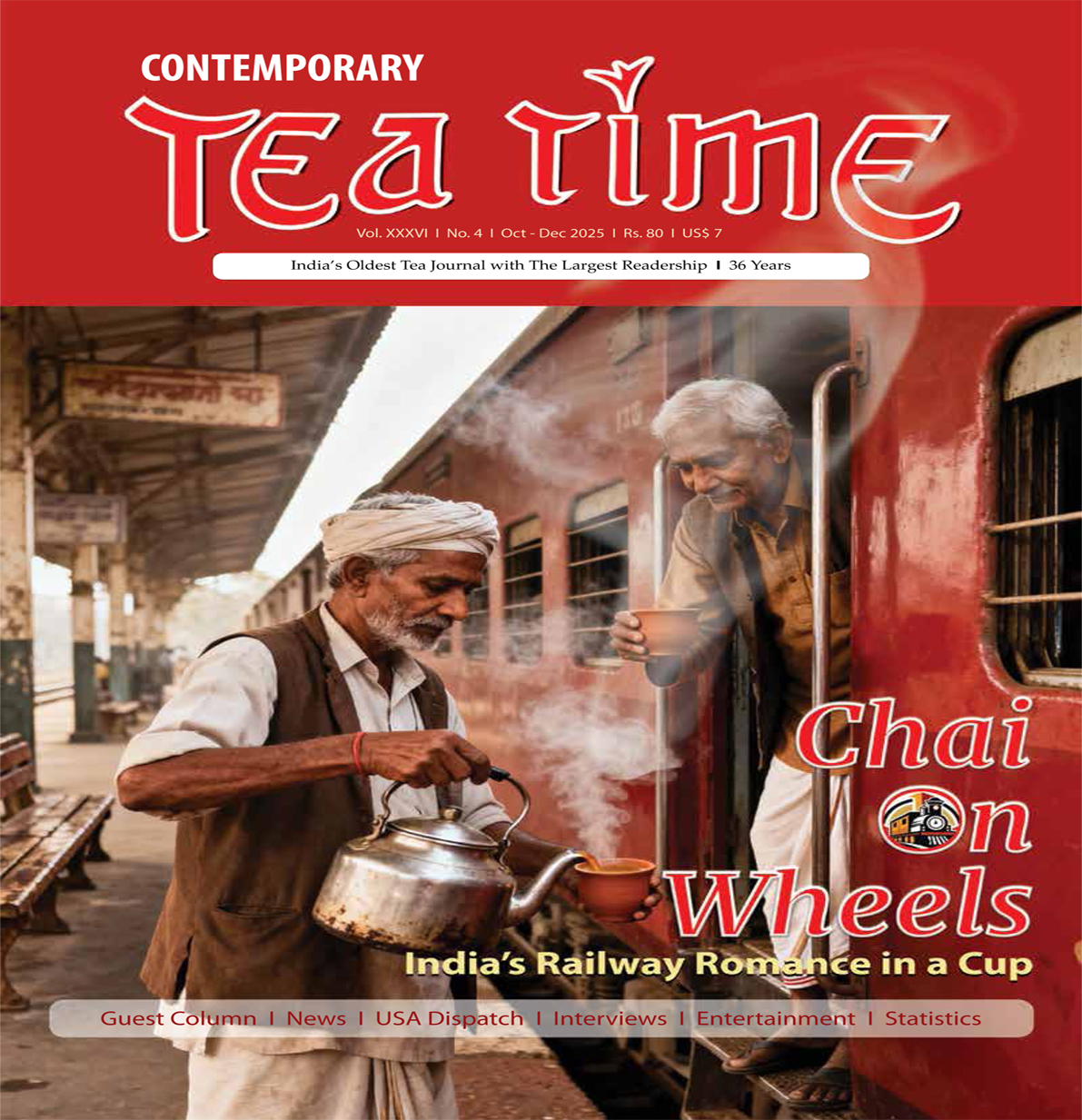 Tea Time Oct-Dec 2025
Tea Time Oct-Dec 2025
 Tea Time July - Sept 25
Tea Time July - Sept 25
 Tea Time Magazine Final_Apr - June 25
Tea Time Magazine Final_Apr - June 25
 Tea Time January-March 2025
Tea Time January-March 2025
 Tea_Time_Oct-Dec_2024
Tea_Time_Oct-Dec_2024
 Tea Time July to September 2024
Tea Time July to September 2024
 Tea Time April to June 2024
Tea Time April to June 2024
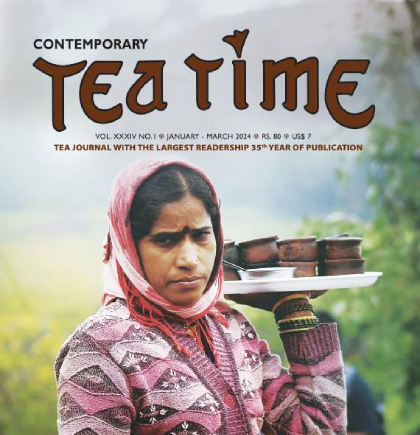 January to March 2024
January to March 2024
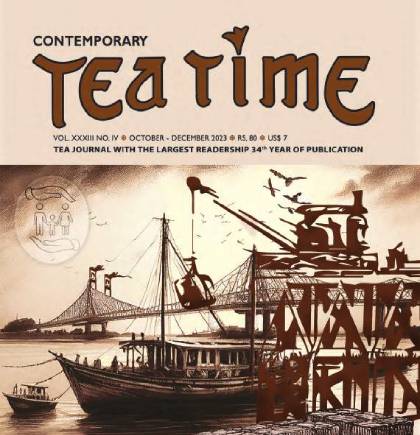 October to December 2023
October to December 2023
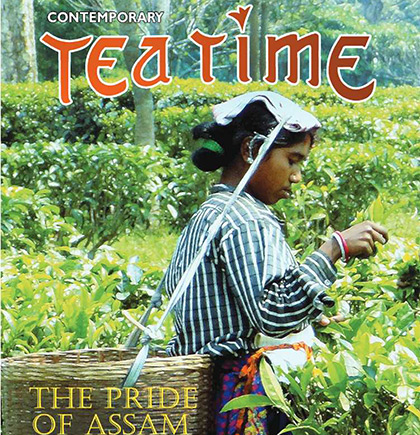 July to September 2023
July to September 2023
 April to June 2023
April to June 2023
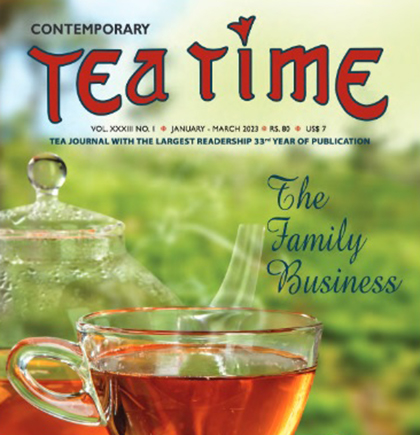 Jan - Mar 2023
Jan - Mar 2023
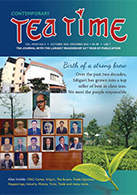 Oct - Dec 2022
Oct - Dec 2022
 Apr-Sep 2022
Apr-Sep 2022
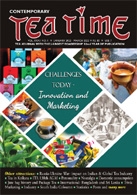 Jan - Mar 2022
Jan - Mar 2022
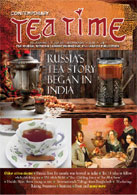 Jul - Dec 2021
Jul - Dec 2021
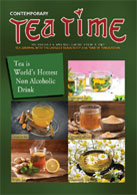 Apr - Jun 2021
Apr - Jun 2021
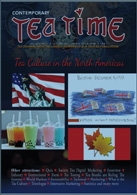 Jan - Mar 2021
Jan - Mar 2021
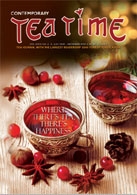 Jul - Dec 2020
Jul - Dec 2020
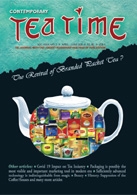 Apr - Jun 2020
Apr - Jun 2020
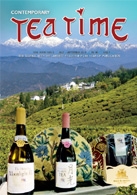 Jul - Sep 2019
Jul - Sep 2019
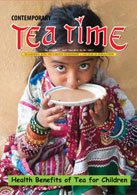 Apr - Jun 2019
Apr - Jun 2019
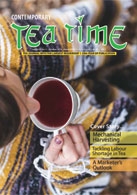 Oct 2018 to Mar 2019
Oct 2018 to Mar 2019
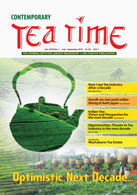 Jul - Sep 2018
Jul - Sep 2018
 Apr - Jun 2018
Apr - Jun 2018
 Jan - Mar 2018
Jan - Mar 2018
 Oct - Dec 2017
Oct - Dec 2017
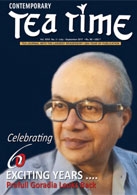 Jul - Sep 2017
Jul - Sep 2017
 Apr - Jun 2017
Apr - Jun 2017
 Jan - Mar 2017
Jan - Mar 2017
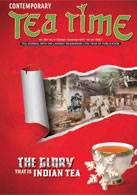 Oct - Dec 2016
Oct - Dec 2016
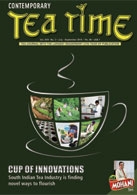 Jul - Sep 2016
Jul - Sep 2016
 Jan - Jun 2016
Jan - Jun 2016
 Oct - Dec 2015
Oct - Dec 2015
 Jul - Sep 2015
Jul - Sep 2015
 Apr - Jun 2015
Apr - Jun 2015
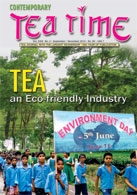 Sep - Nov 2014
Sep - Nov 2014
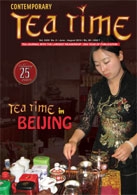 June - Aug 2014
June - Aug 2014
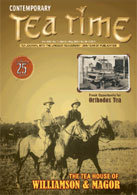 Mar - May 2014
Mar - May 2014
 Dec 2013 to Feb 2014
Dec 2013 to Feb 2014
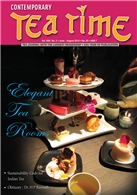 Jun - Aug 2013
Jun - Aug 2013
 Mar - May 2013
Mar - May 2013
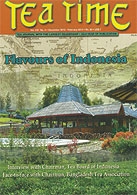 Dec 2012 to Feb 2013
Dec 2012 to Feb 2013
 Sep - Dec 2012
Sep - Dec 2012
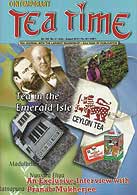 Jun - Aug 2012
Jun - Aug 2012
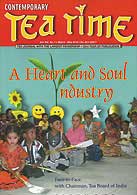 Mar - May 2012
Mar - May 2012
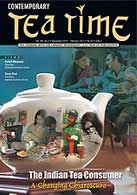 Dec 2010 to Feb 2011
Dec 2010 to Feb 2011
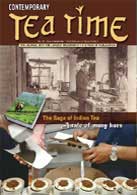 Sep - Nov 2010
Sep - Nov 2010
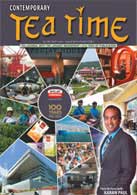 Jun - Aug 2010
Jun - Aug 2010
Please click here to download the subscription form
Contemporary Tea Time started with a view to serve the tea trade and industry by providing a public platform for the planter, the broker, the buyer and the consumer. Above all, the lover of tea.
The magazine had a humble beginning. A black & white 24 page affair, it opened to the tea world on a cold December morning in 1989. A kindly friend suggested we go in for colour and lo behold the next issue blazed forth in many splendoured glory. Our graphic designers were young but agog with enthusiasm to start on their maiden venture. Contemporary Tea Time gave them a loan to buy their first computer. The next step was to find a journalist and we were lucky to be able to procure the services of a veteran, Late Mr. S. Dharmarajan, retired from Times of India and after that we were on our way. In the last few years the base shifted to Kolkata and the magazine is being ably edited by two journalists of the INKPOT team. Tea Time is a non-profit venture and is subsidized by the company.
Friends from far and near were soon regularly writing to us Maxwell Fernando from Sir Lanka, Norman Wilson from Mombassa, Richard Warren and Kalyan Sircar from England, Monjur Hossain from Bangladesh, James Norwood Pratt from the USA, thus broadening our links with the international fraternity.
Over the years Contemporary Tea Time has met up with tea veterans, both, the older ‘koi hais’ and the bright young Indians now in command, cajoled and coaxed stories from them, interviewed policy makers in Delhi, dug up old records and produced a number of tales on tea. Of pioneering planters, pink cheeked recruits, fresh from Britain, seeking a career in tea. If lucky there was a billet in the head office in Calcutta, otherwise it was a slow boat up the Brahmaputra to a remote garden in Assam on what was fearfully described as a one way ticket. There was no guarantee of return. Vast tracks of fever infested jungle had to be cleared and fierce tribals and wild animals to be encountered. A young planter wrote to us of how once after miraculously recovering from a deadly fever, he was shocked to find an empty coffin in his verandah. His company had given him up for sure death!
There are stories of brave Indian entrepreneurs who inched their way into what was once the white man’s preserve, building up the great industry we cherish today. We have highlighted their overriding social concerns - for tea today remains one of the few industries which has an outstanding record of providing comprehensive care to its workers.
When East meets the West there are bound to be humorous encounters and sure enough we have a doctor-in-tea sharing with us a touching but hilarious farewell address from the garden babus.
Along with growing Indianization, the industry has seen many changes over the years- the wooden chest being replaced by the jute bag causing an enormous saving of trees and computers overtaking manual auctions. Contemporary Tea Time is proud to have survived for 34 years to tell these tales, when many other international journals have fallen by the wayside. If we have done so, it is largely due to the love and appreciation we have got from our readers. This has been our justification and our pride.